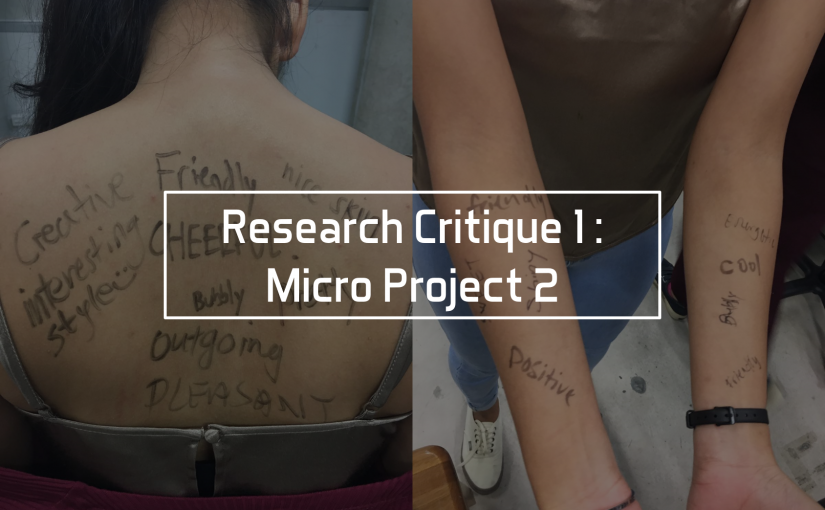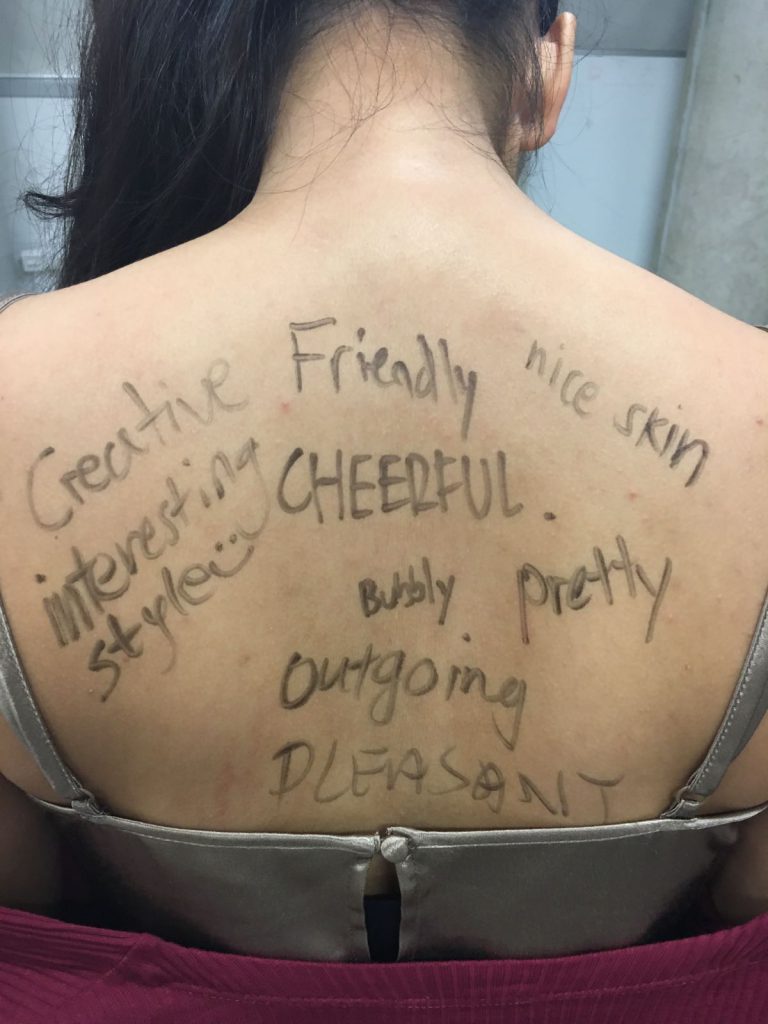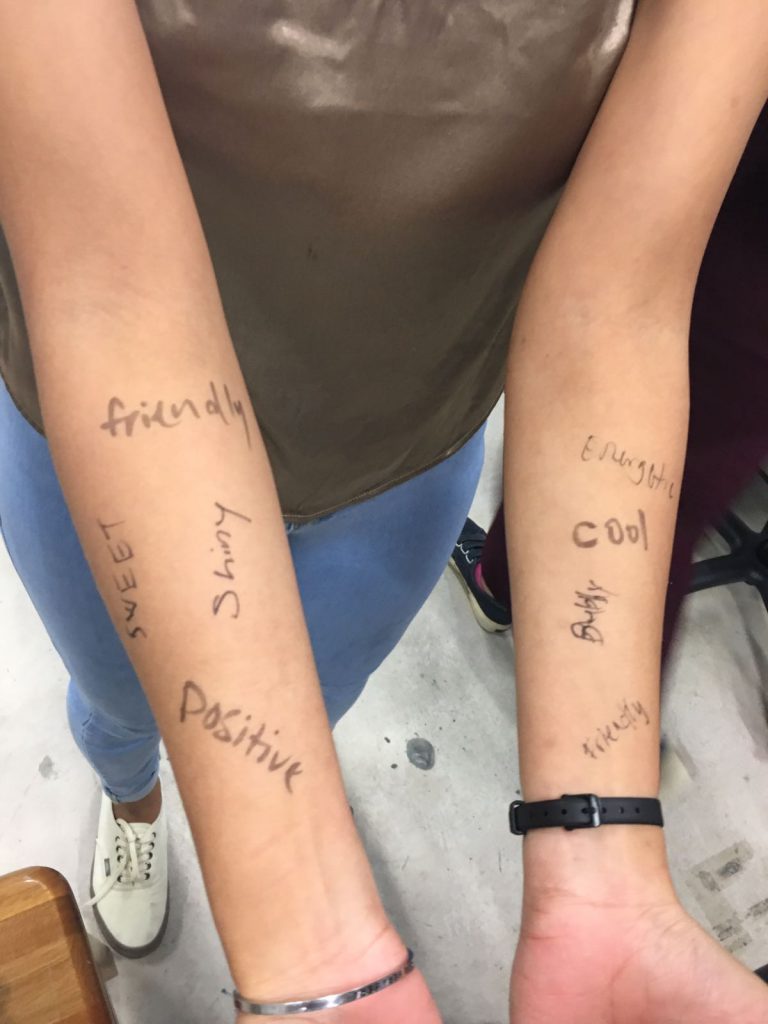(In collaboration with JJ, Youlmae and Tanya)
Original
We were tasked to take a self-portrait of ourselves, either an image of our face or any part of our body. Thus, I chose to take a photo of my eyes.
First Iteration
And so begins, the glitching process.
As we can see, the first form of glitch was a little subdued with just an addition of what appears to be a filter of small mosaic tiles. I believe that for most of the first iteration was not as exaggerated could be because we were directly editing the original image, thus feeling a little apprehensive about glitching the image. It could also be that we did not want to glitch it too much because we were aware that the image would inevitably go through more layers of glitch.
Second Iteration
In the second iteration, we can see the exaggeration escalate.
This edit, the image was skewed to create a deformed look.
Third Iteration
![]() Things get interesting here. Youlmae decided to try and glitch the image through the audio editing software Audacity.
Things get interesting here. Youlmae decided to try and glitch the image through the audio editing software Audacity.
And this was the result. She decided to export the file as small as possible, thus the image came out really tiny.
Fourth Iteration
I was deciding whether to enlarge the image for the final iteration. However, I embraced glitch and kept it that size. Nonetheless, I added some other filters which created more contrast within the image.
As we can clearly see, the transformation from the first image to the final image was drastic. In the final image, we do not see the slightest resemblance to the first image, it became completely unrecognizable.







